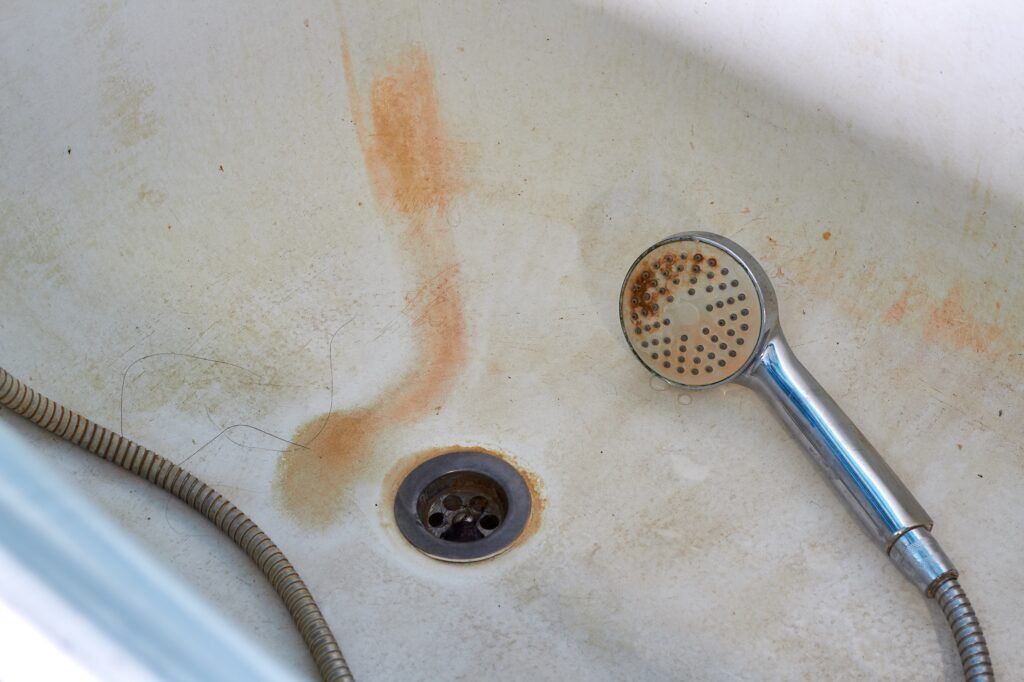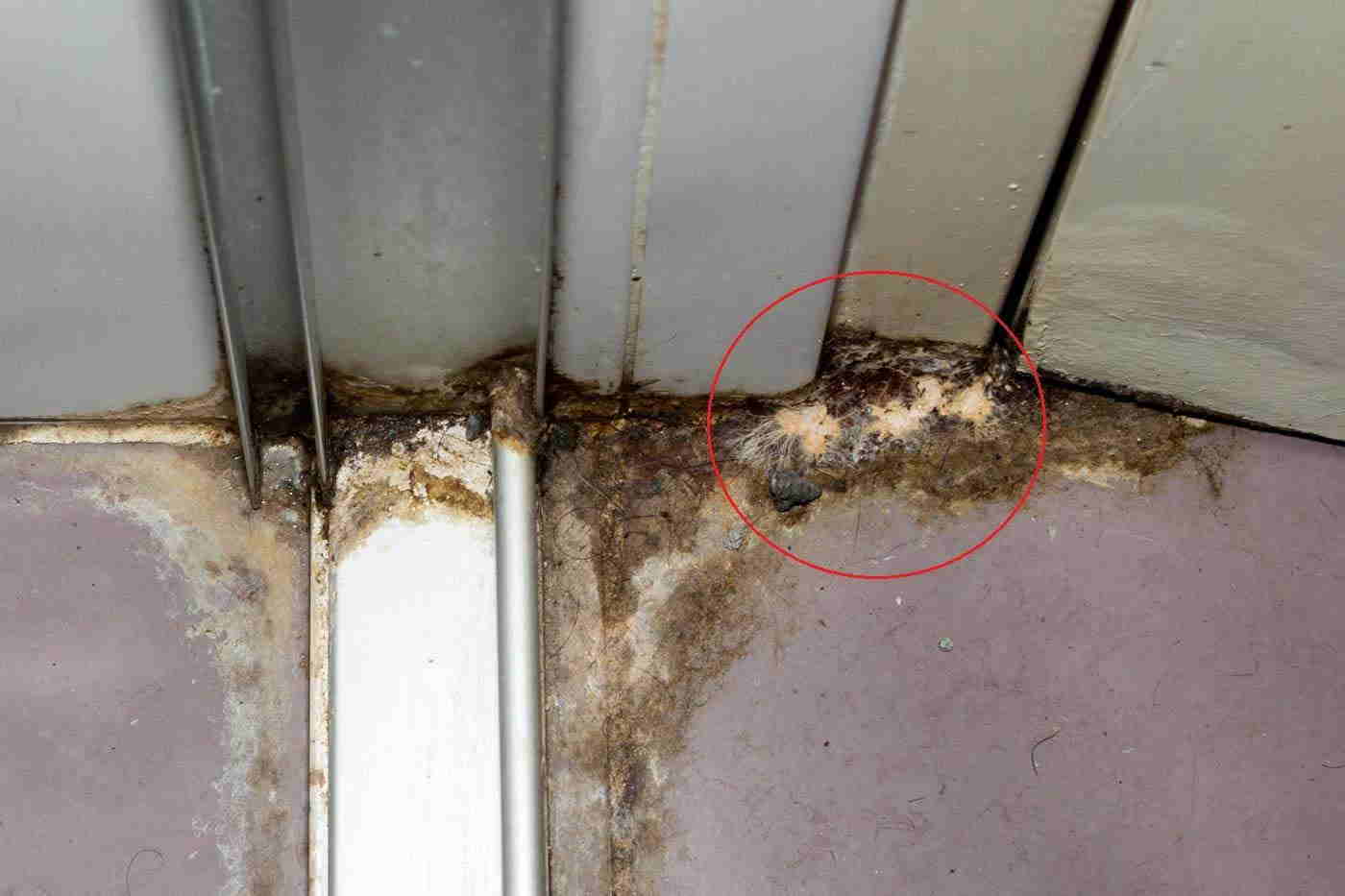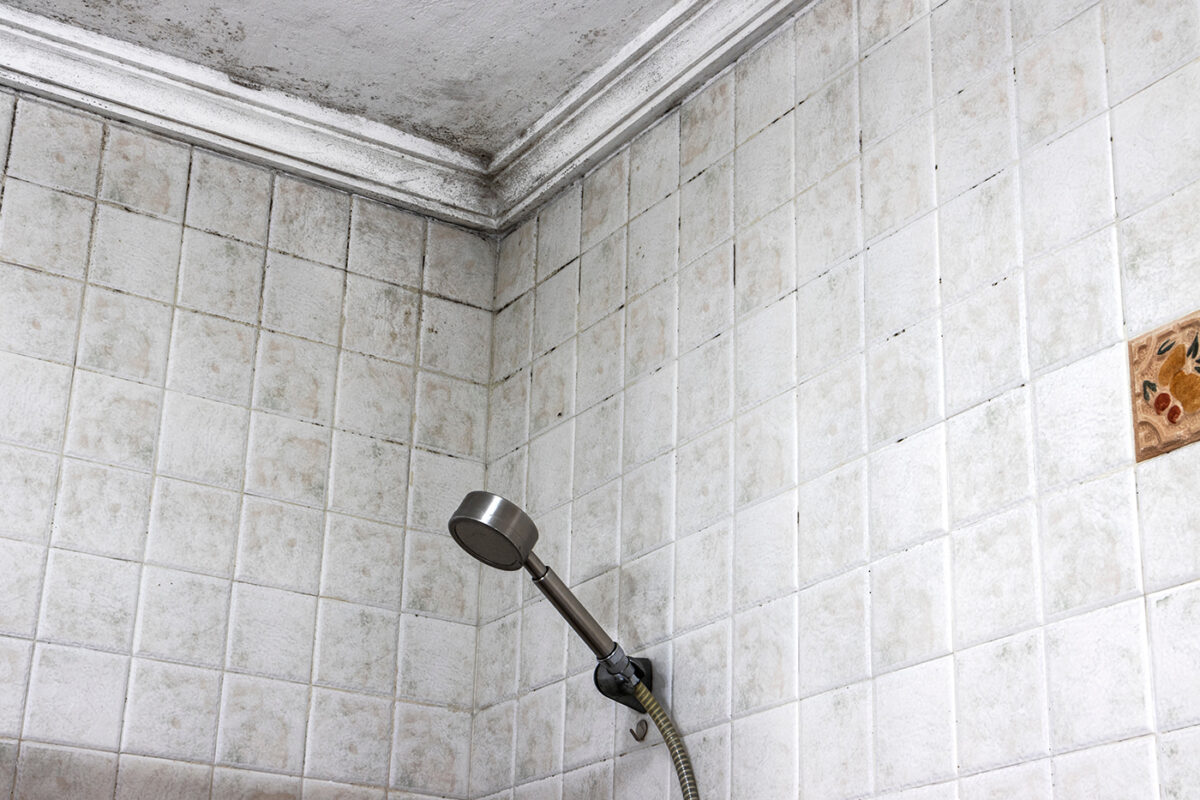Preventing Mold and Leaks in Bathrooms: A Comprehensive Guide

Bathrooms are one of the most moisture-prone areas in any home, making them susceptible to mold growth and leaks. These issues not only damage your property but can also pose health risks. This article explores effective strategies to prevent mold and leaks, ensuring a safe and clean bathroom environment.
Understanding Mold and Leaks in Bathrooms

What Causes Mold?
Mold thrives in damp, warm environments. Bathrooms, with their frequent water use and high humidity, create ideal conditions for mold spores to grow on surfaces like walls, ceilings, grout, and caulking.
Common Sources of Leaks
Leaks often originate from faulty plumbing fixtures, damaged seals around tubs and showers, cracked tiles, or deteriorated grout. Identifying these sources early is crucial to prevent water damage.
Preventive Measures
| Prevention Strategy | Description | Tips for Implementation |
|---|---|---|
| Proper Ventilation | Ensures moisture is expelled from the bathroom to reduce humidity levels. | Install exhaust fans; open windows during use. |
| Regular Cleaning | Removes mold spores and prevents buildup on surfaces. | Use mold-resistant cleaners; clean grout lines. |
| Waterproofing Surfaces | Protects walls and floors from water penetration. | Apply sealants; use waterproof paint. |
| Routine Plumbing Checks | Detects leaks early before they cause damage. | Inspect pipes and fixtures monthly. |
| Use of Mold-Resistant Materials | Materials that inhibit mold growth. | Choose mold-resistant drywall and paint. |
Step-by-Step Guide to Prevent Mold and Leaks
- Improve Ventilation: Install or upgrade exhaust fans and ensure they run during and after showers.
- Seal Grout and Tiles: Regularly inspect and reseal grout lines and tiles to prevent water seepage.
- Fix Leaks Promptly: Address any dripping faucets, running toilets, or leaking pipes immediately.
- Maintain Cleanliness: Clean bathroom surfaces weekly with mold-inhibiting products.
- Monitor Humidity Levels: Use a hygrometer to keep humidity below 60%.
Frequently Asked Questions (FAQ)
Q1: How can I tell if I have mold in my bathroom?
A1: Look for black, green, or white spots on walls, ceilings, or grout. Musty odors are also a common indicator.
Q2: Can I use bleach to remove mold?
A2: Yes, bleach can kill surface mold, but it doesn’t prevent regrowth. Use mold-resistant products for long-term control.
Q3: How often should I check for leaks?
A3: Monthly inspections are recommended to catch leaks early and avoid extensive damage.
Q4: What humidity level is ideal for bathrooms?
A4: Keeping humidity below 60% helps prevent mold growth.
Conclusion
Preventing mold and leaks in bathrooms requires consistent maintenance, proper ventilation, and timely repairs. By following these guidelines, you can protect your home from damage and maintain a healthy living space.
This article is designed to be SEO-friendly by incorporating relevant keywords such as “preventing mold,” “bathroom leaks,” “mold-resistant materials,” and “bathroom ventilation.” The use of tables, lists, and FAQs enhances readability and user engagement.
